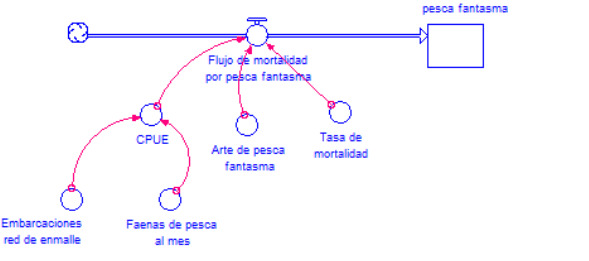Ghost fishing and its impact on the marine ecosystems of San Mateo, Jaramijó and Crucita
Pesca fantasma y su impacto en los ecosistemas marinos de San Mateo, Jaramijó y Crucita
Show authors biography
Ghost fishing is one of the main waste pollution problems; Furthermore, they can continue to catch commercial and non-commercial species even without being taken advantage of by fishermen. The objective of the research was to evaluate the impact of ghost fishing on the marine ecosystems of San Mateo, Jaramijó, and Crucita. 150 surveys were applied to artisanal fishermen to describe the fishing gear, two databases were consulted: (1) active vessels and fishing gear; (2) number of longline hooks and hooks lost. In order to estimate the similarity between fishing gear and vessels from the three study sites, linear association techniques (Linear Regression), multivariate proximity analysis (NMDS) and multivariate tests such as ANOSIM and PERMANOVA were applied. The most used fishing gear is the longline (58%), followed by the bottom gillnet (9%). The artisanal fishing fleet of Crucita, Jaramijó and San Mateo is composed mainly of fiberglass boats (94%), wood (2%) with a length of 8.24 m; beam 1.94 m; depth 0.98 m. Fishermen can lose up to a maximum of 2 pieces of net and between 0 to 11 hooks per fishing trip respectively. Gillnets can reach a mortality of 5,305,560 individuals after 12 months; while the trammel could reach a total of 99,324 individuals by the third month.
Article visits 1089 | PDF visits




